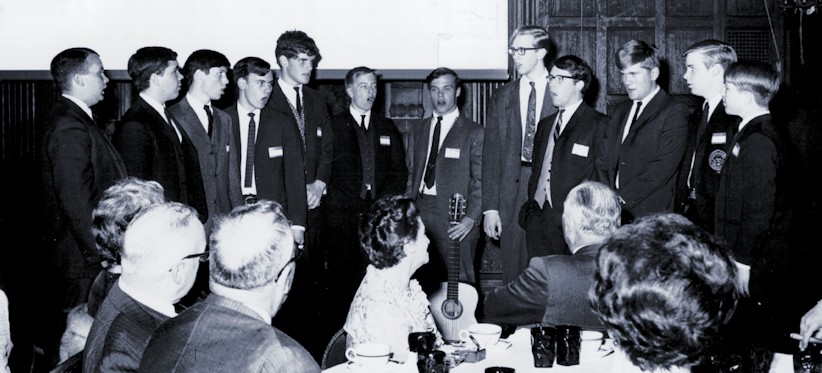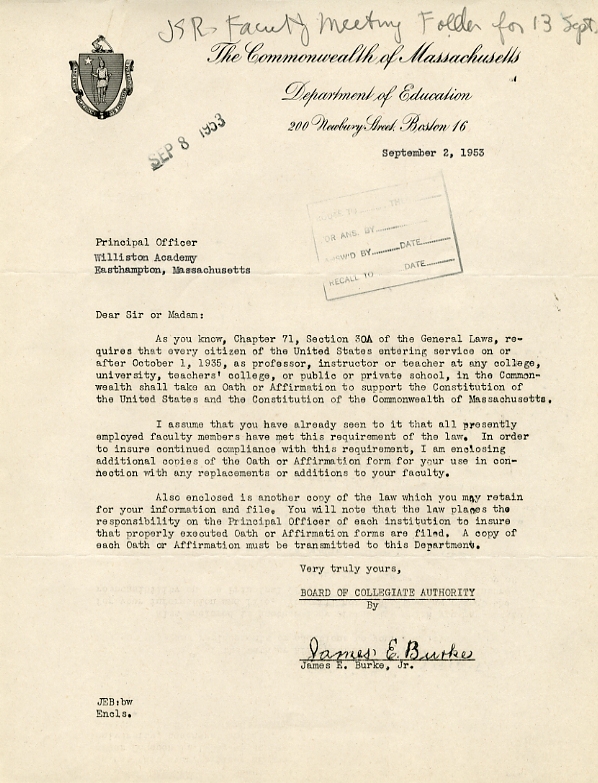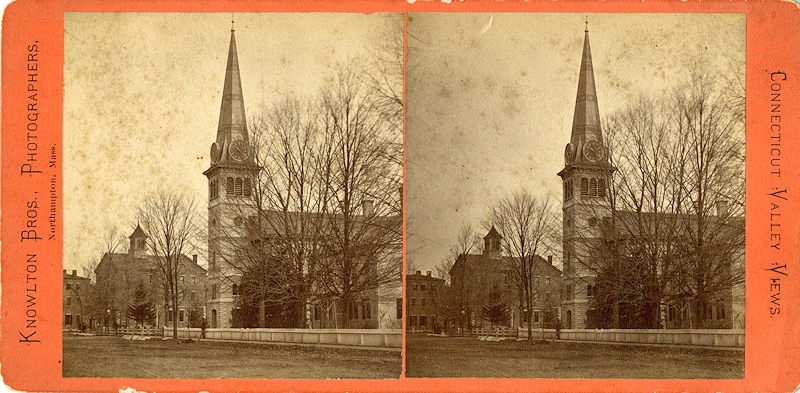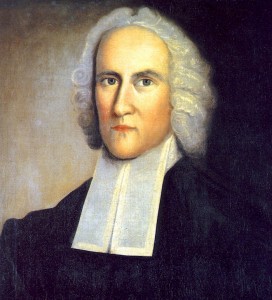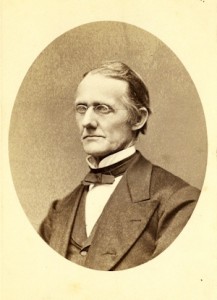Happy new year from the Williston Northampton Archives!
Not long ago someone asked about school songs. She was a bit surprised that Williston has had several “official” alma maters1 — that would be almae matris for the Latin purists among us — over the last century or so. Many of us recall “God Preserve Our Alma Mater” (insufficiently secular for today’s Williston, and with a controversial tune), “Arise, Sons of Williston” (we’re fully coed; are our girls supposed to sit?), “As We Put Long Years Behind Us” (from Northampton School; includes the line “Our Girlhood Days Are O’er”), and a few others less memorable. Today’s anthem of record is “O Williston,” also known as “Hail to Williston Northampton.”2 The traditional and ageless “Sammy,” of course, remains ubiquitous. Long may we cherish it. Him. Whatever.
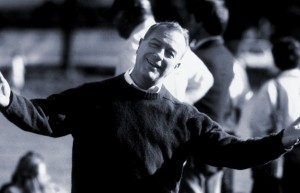
All these songs share a kind of sentimental reverence. Well, almost all. Back in 1966, when Williston Academy was celebrating its 125th anniversary, legendary music teacher Richard Gregory, no doubt cringing over the mawkish encomiums such events tend to inspire, penned the following lyric for the Caterwaulers. The piece became one of their signature tunes during the sixties and into the seventies.
We need no songs about your Founder.
We mourn no matriarchal elm.
The mists of time that rise around her
Somehow fail to overwhelm.
Five hundred cynics, all austerely
Unsentimental every one.
We’d rather die than speak sincerely,
But when all is said and done,
We do confess we love you dearly,
You old relic, Williston!
